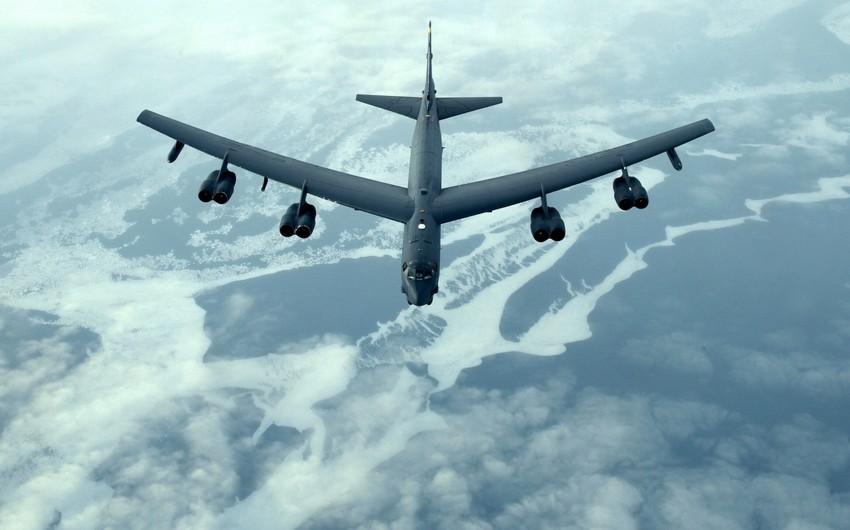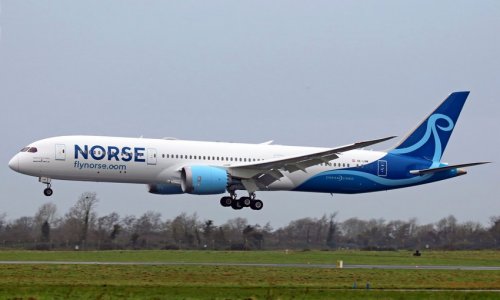The service wants to upgrade the venerable bomber so it can keep it flying for another three decades, to serve alongside the B-21 Raider as B-1 Lancer bombers and B-2 stealth bombers retire in the early 2030s.
But the plan to replace the B-52’s current Pratt & Whitney TF33 engines with Rolls-Royce F130 engines and replace the radar with Raytheon’s active electronically scanned array radar, called AESA, is already being hit with schedule delays and a growing price tag.
The latest estimate for the B-52’s Commercial Engine Replacement Program, or CERP, has jumped to $15 billion—up $2.5 billion from the original estimate, Brian Knight, deputy senior materiel leader for the B-52 program, told reporters at the Air Force’s Life Cycle Industry Days conference.
However, the Air Force is still refining its estimates and waiting for new proposals from Boeing, Knight said, so that price could change. And the program isn’t as easy as slapping new engines on the jet, Knight pointed out; the B-52 needs to be reworked to hold the new engines, and CERP includes an update to the cockpit, displays, and other systems.
The engine replacement program is also facing a three-year delay, according to a June Government Accountability Office report.
Delays, in part, have been caused by the Air Force transitioning CERP from a mid-tier acquisition program to a major defense program, which meant that work had to be moved into the current contract.
"Because of that, it created, I’ll say, the opportunity for the prime contractor to raise costs, if you will…it just became unaffordable,” Knight said.
www.anews.az
Follow us !











